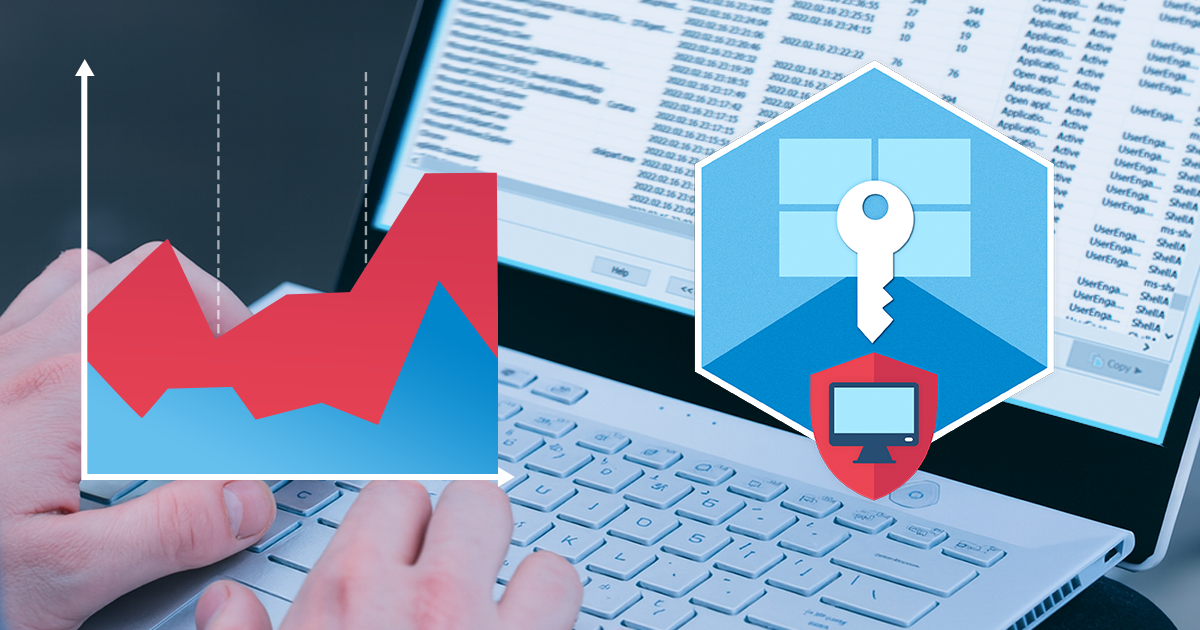February 4th, 2016 by Oleg Afonin
Apple is currently testing a new major iOS release, the iOS 9.3. At this time, the second beta version is available. We looked into what has changed in the new OS, and discovered that iOS 9.3 introduces some minor changes to encryption of certain data stored in cloud backups. However minor, these changes effectively prevented older versions of Elcomsoft Phone Breaker from decrypting the data, which made us release an update ASAP. In addition, we were able to discover and fix the issue with some iOS 9.2 backups not properly decrypting (which wasn’t easy since the issue was intermittent). Finally, we got rid of the requirement to have iCloud for Windows installed as Elcomsoft Phone Breaker shifts to using direct access API.
This is to say, we have now updated Elcomsoft Phone Breaker to fully support the new encryption mechanisms used in iOS 9.3 iCloud backups. In addition, we fixed the ongoing issue some of our users were experiencing when accessing iCloud backups produced by iOS 9.2.
Read the rest of this entry »

